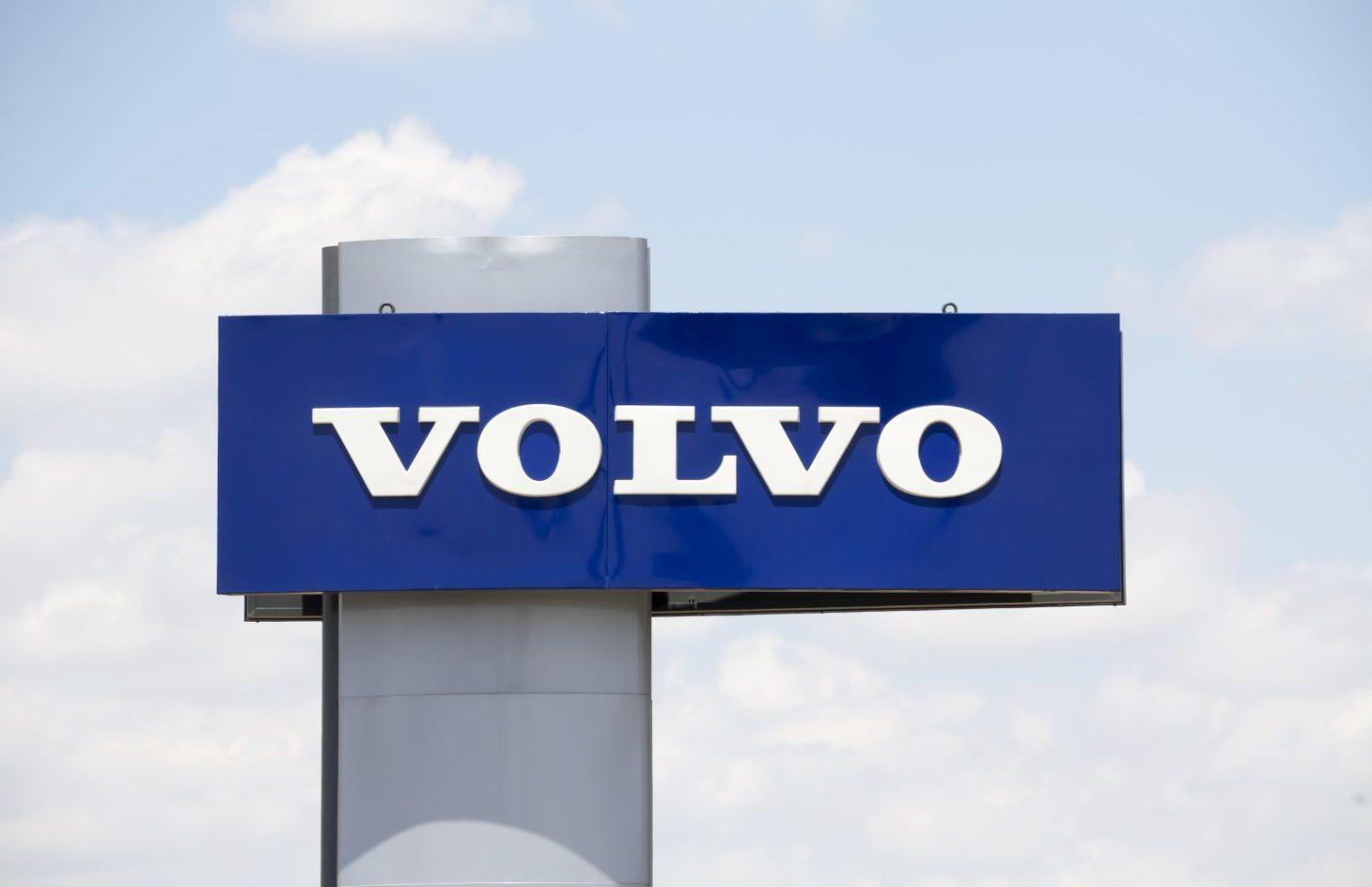News
Bank of America Says Autonomous Vehicles Can Boost Insurers’ Profitability
The shift to autonomous vehicles represents a great unknown for the auto insurance industry, but to analysts at Bank of America Corp. it will be a potential goldmine.
Investors are concerned about liability when driverless cars become more mainstream. Under the current US system, the driver is responsible in the event of an accident. But with autonomous vehicles there is no driver, so liability will have to shift from personal to commercial carriers.
That could remove one of the “impediments to insurer profitability,” BofA analysts led by Joshua Shanker wrote in a note to clients Thursday.FULL ARTICLE
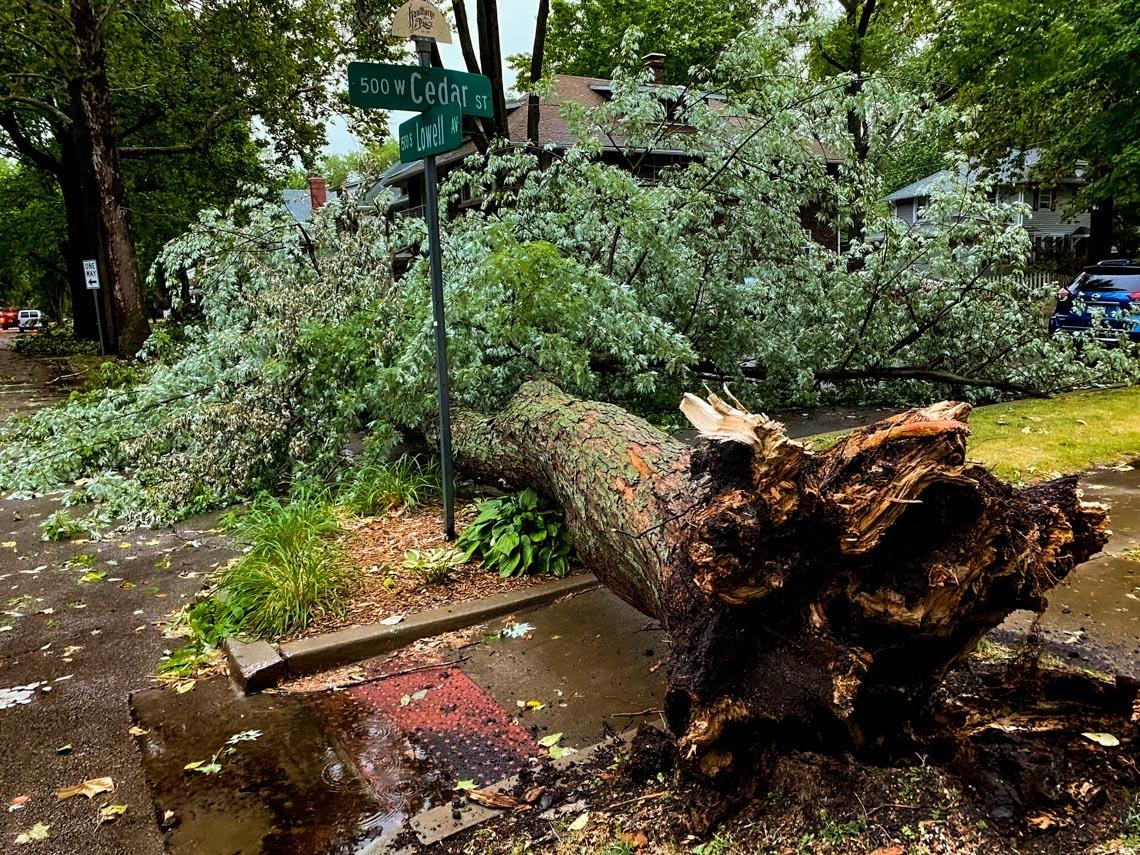
Insurance industry opposes regulation, blames inflation, climate change for rate hikes | Capitol News Illinois
[Ed. note: See our Open Letter to Illinois Secretary of State on the related "Driving Change" state government sponsored initiative to prohibit rating factors and reform insurance]
Insurance industry officials defended recent homeowners insurance rate spikes this week, blaming such factors as inflation and climate change while warning that attempts to regulate their ability to set rates would be bad for consumers.
In testimony during a virtual meeting Wednesday of the Senate Insurance Committee, officials pushed back against criticisms by Gov. JB Pritzker and legislative leaders who said the hikes raise suspicions that Illinois homeowners are being charged extra to help cover insurance losses caused by wildfires, hurricanes and other natural disasters elsewhere in the country.
Robert Gordon, a senior vice president at the American Property Casualty Insurance Association, said property losses from natural disasters are common in Illinois, and they have been growing more frequent.
“Chicago is the most at-risk of any major city for severe convective storms,” he said. “That’s storms like thunderstorms, hail, tornadoes. … Both the average annual losses and the number of billion-dollar-plus disasters in Illinois has dramatically increased over the last several years.”
Calls for regulation
In July, Pritzker called on lawmakers to pass legislation in the upcoming fall veto session that would give the Illinois Department of Insurance regulatory authority over the rates companies charge for homeowners insurance.
That came after one of the largest insurers in the Illinois market, Bloomington-based State Farm Insurance, announced it was raising premiums for residential property casualty insurance in Illinois by an average 27.2%.

Consumer Advocates Urge Court to End Marital-Status Discrimination in Auto Insurance; Data Proves Overcharges
Basing auto insurance premiums on whether a motorist is unmarried, divorced or widowed is a violation of the state's civil rights laws and Proposition 103, and neither the insurance companies nor the Insurance Commissioner has the authority to do so, Consumer Watchdog has told the California Court of Appeal in San Francisco.
Insurance reform Proposition 103 requires insurance companies to obey California's Unruh Civil Rights Act; Unruh explicitly bars discrimination based on a person's marital status. Proposition 103 allows consumers to sue to stop such discrimination, Consumer Watchdog explained in a "friend of the court" brief in a case brought by motorists challenging the use of marital status to set premiums.
Proposition 103 requires auto insurance premiums be based primarily upon *three factors: a motorist's driving record, the number of miles driven annually, and their years of driving. Other optional rating factors can be approved by the commissioner – if they are lawful.
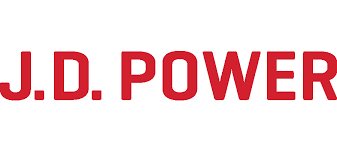
2025 U.S. Small Commercial Insurance Study | J.D. Power
Amid rising premiums, customers of small commercial insurance agencies are more likely than they have been in years to defect to another insurer.
According to the J.D. Power 2025 U.S. Small Commercial Insurance Study,SM released today, just 55% of customers say they “definitely will” renew with their current insurer, down 6 percentage points from a year ago.
“As premiums have risen to cover the cost of claims, it stands to reason that more customers would be willing to shop for their policies. Interestingly, however, the drop in retention is not solely attributable to higher premiums,” said Stephen Crewdson, managing director of global insurance intelligence at J.D. Power. “In fact, insurers that communicate well and provide a higher level of service can make huge inroads toward keeping customers. Remarkably, satisfaction is at an identical level among customers who understand why their premiums are increasing as among those whose premiums are not increasing at all, which puts a huge onus on insurers to bolster their outreach around rate increases.”
Following are some key findings of the 2025 study:
Retention declines across the board: After several years of improvement and stability, intended retention has dropped significantly among customers across virtually all demographic groups. The largest dip is among Millennials1 (-12 percentage points).
Service sets tone for retention: MORE FINDINGS
Study Ranking
Erie Insurance ranks highest in overall customer satisfaction with a score of 723. Cincinnati Insurance (714) and Philadelphia Insurance (714) each rank second in a tie.
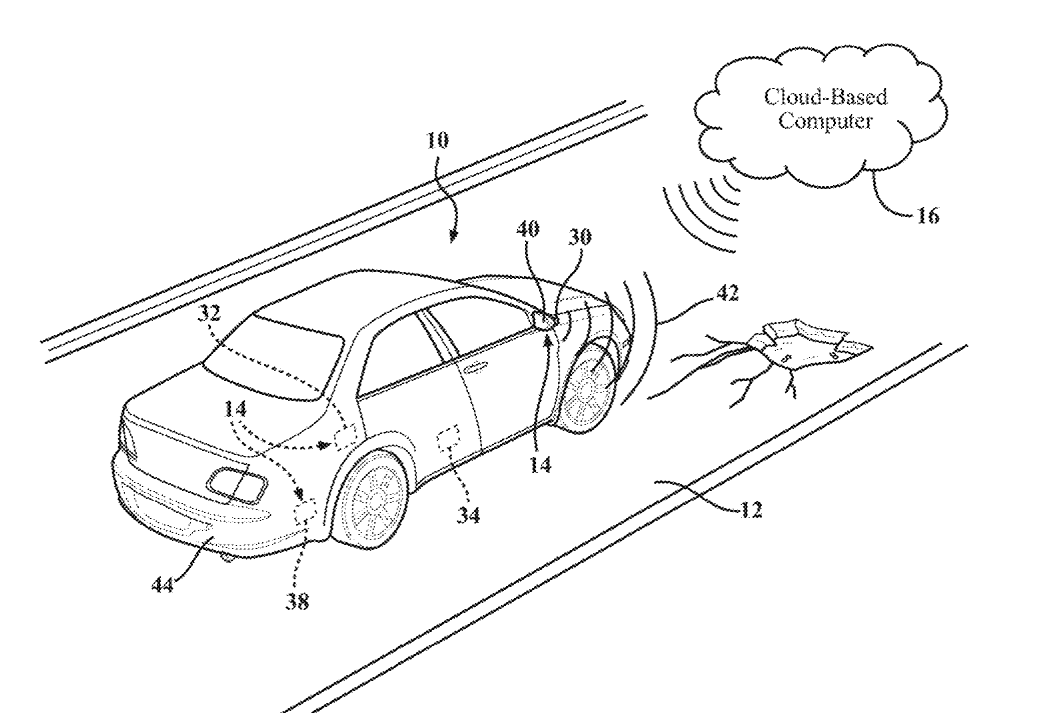
GM files patent application for road deterioration detection | Repairer Driven News
General Motors has applied for a vehicle technology patent with the U.S. Patent and Trademark Office that would predict road deterioration.
According to the patent, memory and data processing hardware would communicate based on collected vehicle sensor data to determine road maintenance scores and trend lines, then outline future road maintenance requirements.
For example, data could be collected from cameras, suspension displacement sensors, accelerometers, wheel rotation sensors, image data, and/or video data.
According to the patent, the collected data may send an alert to a road management entity (RME) when the road conditions warrant a road maintenance score that exceeds a defined threshold value.
The system would also utilize a multiplier to compare the scores to the threshold values, with variables that account for larger roads with higher traffic volumes and smaller roads with lower traffic.
A vehicle navigation system could then be updated with road conditions based on the collected sensor data.
Research
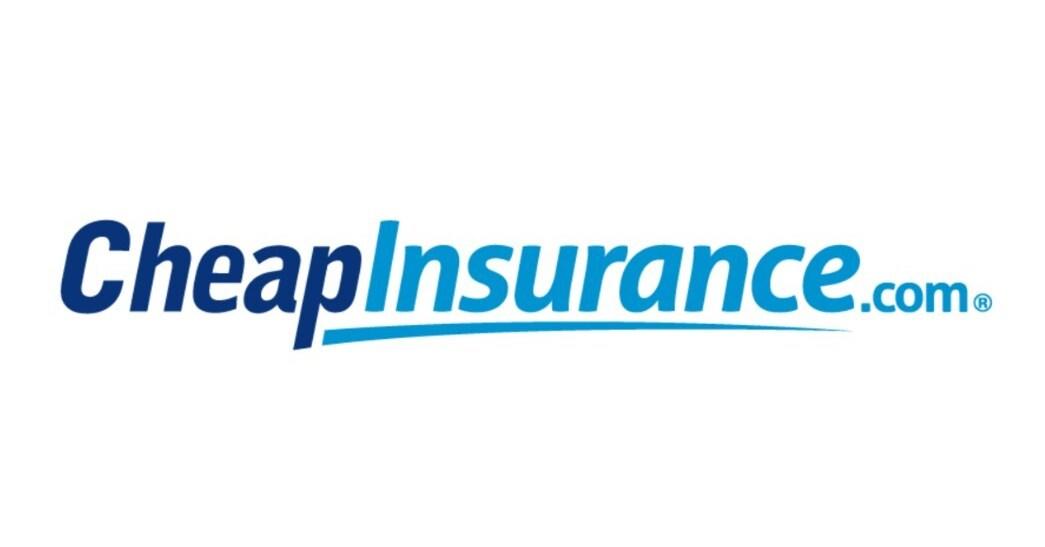
Back-to-School Insurance Reviews Save American Families Up to $3,700 Annually
Families conducting back-to-school insurance reviews can save up to $3,700 annually through strategic discount optimization, with the greatest savings potential for households adding teen drivers, according to new analysis by CheapInsurance.com , an insurance rate comparison tool, based on national insurance industry data.
The research reveals that while adding a 16-year-old driver increases family auto premiums by an average of $3,252 nationwide—a 158% jump—layered discount strategies implemented during back-to-school season can offset much of this financial impact.
Strategic insurance adjustments during back-to-school season can dramatically reduce family premiums.
For typical American families spending approximately $4,132 annually on auto and homeowners insurance, strategic reviews yield significant results:
- Families without teen drivers can achieve savings ranging from $413 (conservative 10% bundling approach) to over $1,500 annually through combined bundling and telematics programs, according to Consumer Reports analysis and National Association of Insurance Commissioners data.
- Families adding teen drivers face the largest premium increases but also the greatest savings opportunities. Strategic implementation of multiple discount categories can generate annual savings exceeding $3,700 through:
- Good student discounts: 10-25% premium reduction for B-average students
- Driver education completion: Up to 15% savings (approximately $630 average)
- Telematics/safe driving programs: 10-40% reductions averaging $1,680 annually
- Strategic driver-vehicle assignment: $840 average savings potential
- Home-auto bundling: Up to 30% combined premium reduction
Climate/Resilience/Sustainability

Hurricane claims reveal tough roofing realities
Modern shingles may look familiar from the street, but their construction is very different from the old ones, and the upgrades matter, especially in a storm. The condition of a roof before a storm is a key factor in how well it withstands severe weather and how insurance claims are evaluated.
Modern inspections go beyond visual checks with ladders; technology such as satellite and drone imaging provides detailed evidence of roof conditions. Signs like granule loss or sealant wear are natural aging processes, not indicators of immediate failure. Recognizing these details enables more accurate assessments, ensuring insurance claims focus on storm-related damage and homeowners receive appropriate coverage.
Roofing materials and ratings Modern shingles may look familiar from the street, but their construction is very different from the old ones, and the upgrades matter, especially in a storm. Many architectural lines now reinforce the nailing zone with a woven or fabric strip. Nails bite into that layer and lock each course to the deck, which increases pull-through strength and raises wind warranties to speeds that approach Category 4 storms.
Impact rating is the other pillar. Under the UL 2218 Class 4 test, a two-inch steel ball drops from twenty feet onto the shingle; to pass, the shingle cannot crack, giving Class 4 products characteristics that help them better withstand common threats such as hail and wind-blown debris. When the surface doesn’t fracture, water stays out, and adjusters see fewer deck replacements and interior water claims.
Announcements
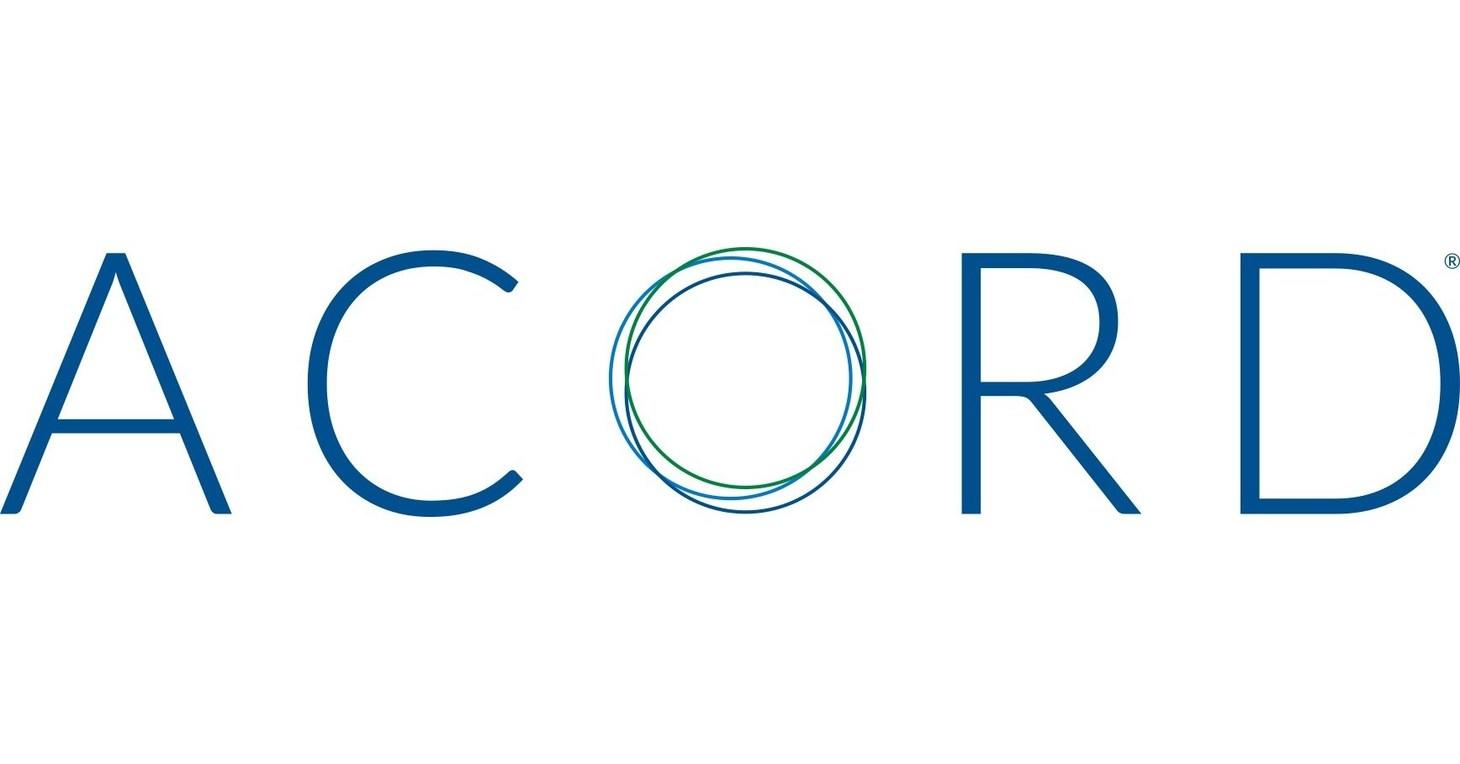
ACORD Launches 2025 Student Challenge to Advance AI Innovation in Insurance Data
ACORD, the global standards-setting body for the insurance industry, has officially launched the ACORD Student Challenge 2025, a national competition designed to empower university students to leverage cutting-edge technology to solve real-world insurance challenges.
This year's challenge focuses on the rapidly growing business sector of pet insurance underwriting. As pet ownership continues to rise globally, insurers are seeking innovative ways to assess risk and deliver personalized coverage. Students are being tasked with identifying and organizing key data fields necessary for underwriting pet insurance policies and extracting insights that will help shape the future of this emerging market.
Participants will apply next-gen AI tools like Large Language Models (LLMs) and data science techniques to compile and analyze carrier data, gaining hands-on experience in prompt engineering, data architecture, and process documentation. Their work will contribute to the development of data standards that will be used throughout the global insurance industry.
"ACORD is proud to support the next generation of insurance innovators," said Malou Soriano, SVP, Global Chief Officer of Education, Consulting & Advocacy at ACORD. "The Student Challenge provides a unique opportunity for students to apply emerging technologies to meaningful industry problems, while building skills that will serve them throughout their careers."
The winning entry will receive a $5,000 cash prize. Two runners-up will each receive $2,000. All winners will get recognition in ACORD's newsletter and media channels, free passes to ACORD Connect 2026, and a one-year mentorship with an insurance professional.
Claims
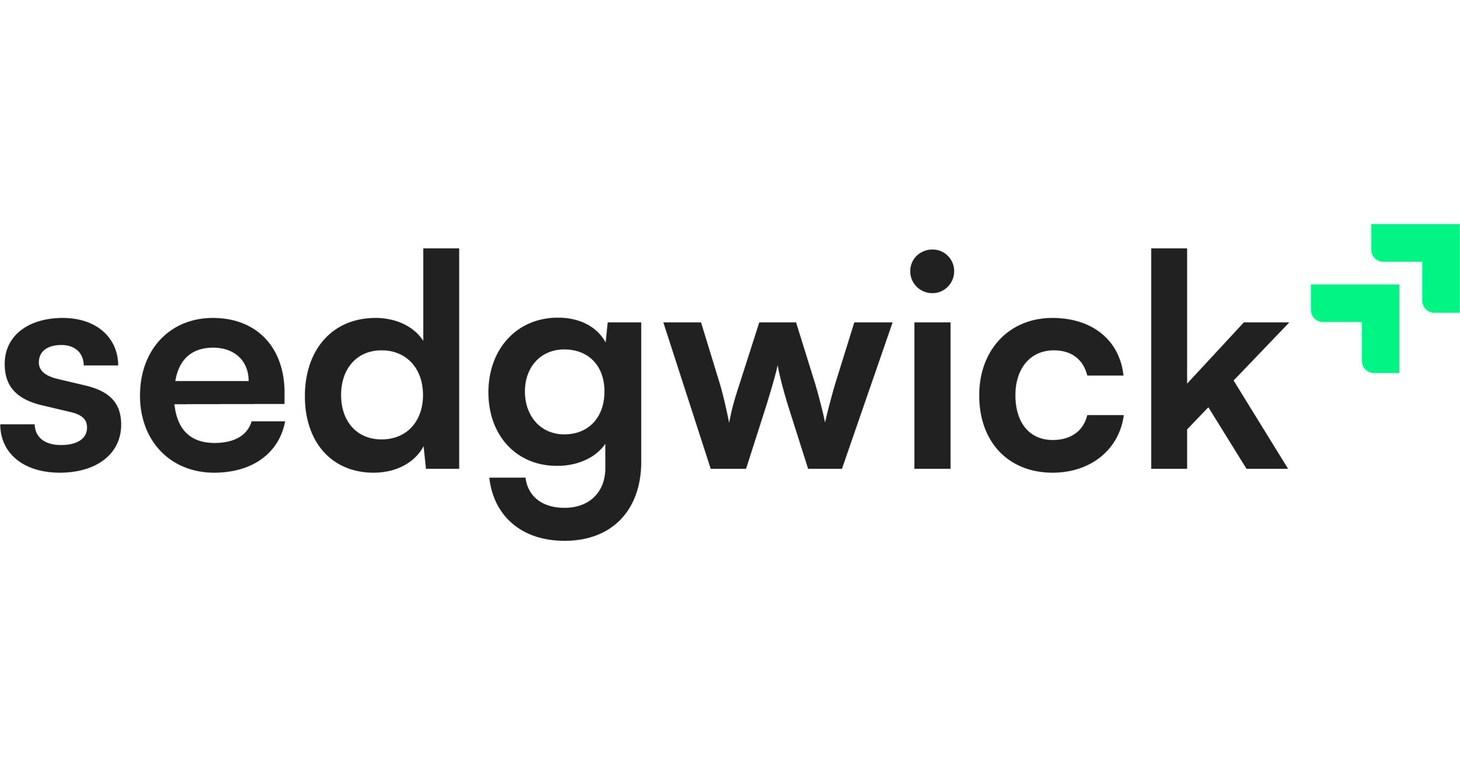
Sedgwick's 2025 Loss Adjusting Insights Report reveals key trends shaping property claims
Sedgwick, the world's leading risk and claims administration partner, today announced the launch of its first annual Loss Adjusting Insights Report. This first-of-its-kind report offers a comprehensive analysis of the most pressing trends shaping commercial and residential property claims in 2025, as well as strategies to address them for all involved parties, from adjusters to claims professionals.
This Loss Adjusting Insights Report offers an explanation on how forces such as global trade policies, climate-driven catastrophes, tariffs, labor shortages, climate change, artificial intelligence (AI), legislative updates, and shifting customer expectations are transforming the property claims landscape. It also outlines actionable steps for carriers, contractors, brokers, and claims professionals to adapt and thrive in a rapidly evolving market.
"Today's property claims environment is more complex than ever due to a number of new and evolving factors, and the pace of change will only accelerate," said Scott Richardson, President, Property of Americas, Sedgwick. "Our goal with this report is to equip industry leaders with the clarity and confidence they need to navigate the forces at play, and prepare to navigate the unexpected."
Key findings from this inaugural 2025 Loss Adjusting Insights Report include:
- Climate Change & Catastrophe – In 2024, weather-related events caused $368 billion in damages worldwide, driving rising premiums and creating "insurance deserts" in high-risk regions.
- Tariffs & Construction Costs – The newly implemented tariffs on Canadian and Mexican goods have the potential to raise U.S. construction material costs by more than $3 billion, increasing the cost of building a single-family home by $7,500-$10,000.
- Technology & AI - The global AI insurance claims processing market reached $514 million in 2024 and is projected to hit $2.7 billion by 2034, transforming everything from risk assessment to remote adjusting.
Today
J.D. Power: August New-Vehicle Sales Climb 8.2% as Consumer Spending Reaches Record $54.6 Billion; EV Share Hits All-Time High
[Ed. Note: The EV credit cancellation dividend. “First, federal credits of up to $7,500 on EVs will expire on Sept. 30, prompting many EV shoppers to accelerate purchases that otherwise would have occurred later this year. As a result, EV retail share in August is expected to reach an all-time high of 12.0%, compared with 9.5% a year ago."]
............................................................$$$$$$$$$$$$$$$$......................................................
The Total Sales Forecast
Total new-vehicle sales for August 2025, including retail and non-retail transactions, are projected to reach 1,483,000, an 8.2% increase year over year, according to a joint forecast from J.D. Power and GlobalData.
August 2025 has 27 selling days, one fewer than August 2024. Comparing the same sales volume without adjusting for the number of selling days translates to an increase of 4.4% from 2024.
The seasonally adjusted annualized rate (SAAR) for total new-vehicle sales is expected to be 16.1 million units, up 1.0 million units from August 2024.
The Retail Sales Forecast
New-vehicle retail sales for August 2025 are projected to reach 1,283,000, a 7.8% increase from August 2024. Comparing the same sales volume without adjusting for the number of selling days translates to an increase of 3.9% from 2024.
The Takeaways
Thomas King, president of the data and analytics division at J.D. Power:
“August new-vehicle sales are expected to climb 8.2% from a year ago, including a 7.8% increase in retail volume. A strong result, although the results should be viewed in the context of several unusual factors that are distorting typical monthly sales trends."
“First, federal credits of up to $7,500 on EVs will expire on Sept. 30, prompting many EV shoppers to accelerate purchases that otherwise would have occurred later this year. As a result, EV retail share in August is expected to reach an all-time high of 12.0%, compared with 9.5% a year ago.
“Second, Labor Day lands in the August sales reporting period this year. The Labor Day weekend is typically one of the highest sales volume weekends of the year, powered by elevated manufacturer promotional activity and elevated discounts. This year, manufacturers have kept incentives restrained due to tariffs. Normally, incentives as a percentage of MSRP increase by about half a point from January through late summer, but this year they’ve slipped to 6.2% in August from 6.3% in January, underscoring the effect of tariff-related cost pressures.
“Third, lease returns remain at historically low levels following the reduced leasing activity during the 2022 supply shortages. With fewer lease customers cycling back into the market, new-vehicle sales are facing added pressure compared with typical seasonal patterns.
“Finally, from a total sales perspective, fleet deliveries are expected to reach 199,854 units in August, up 11.2% primarily due to the low baseline recorded in August 2024. Fleet volume is forecast to represent 13.5% of total light-vehicle sales, an increase of 0.4 percentage points year over year.
Podcast Sponsor

Audio Version - 'Connected: The Podcast' --- Sponsored by Pulse Podcasts
The ‘Connected’ Podcast by Alan Demers and Stephen Applebaum, is a condensed audio version of the day's ‘Connected' newsletter, a daily scan of all the happenings in the world of Insurance & InsurTech News.
Pulse Podcasts: Introduce a new way for your audience to hear your voice! We are a podcast creation service that helps businesses turn their written content, like blog posts and news articles, into beautiful podcasts. Our platform writes the script, records the voices, and mixes the audio to create engaging content for your audience. It's affordable and has super-fast turnaround!
LISTEN AND SUBSCRIBE BELOW

